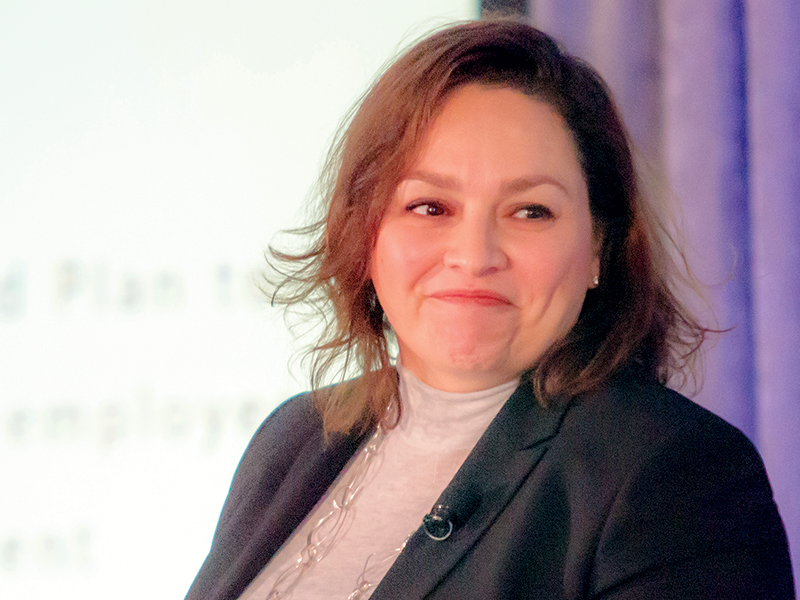

When Gracie Inacay, former executive director and head of HR at Harris Associates, joined the firm, she took a good, long look at its defined contribution plan.
In 1994, it had started as a profit-sharing plan. Once an employee had put in 1,000 hours and was employed at the end of the year, they received 15 per cent of their earnings as a bonus. In 2002, it moved into the 401(k) space, with 12 per cent as profit-sharing and three per cent as safe harbour, a non-elective employer contribution that’s 100 per cent vested from the start.
In 2016, the Chicago-based company went to market for a new record keeper, looking for a partner that offered tools to help employees on their journey to retirement. Its new record keeper shared its retirement wellness score, which showed plan members where they were on their journey by placing them in red, yellow or green zones.
Read: How PCL Construction balances its DC plan and employee share plan
“Our goal is to have our participants in the green,” said Inacay during a session at Benefits Canada‘s 2020 DC Plan Summit in Montreal in February. “The green meaning that at retirement age, they are on track to replace at least 70 per cent of their income for retirement. In the yellow, they’re on track to replace between 50 and 69 per cent of income. In the red, they’re on track for 50 per cent replacement of income.”
The record-keeper’s website provides a tool where employees can move the lever to see how changes, such as increasing contributions, can impact their retirement wellness score. It also allows them to add external accounts, such as deferred pension plans or individual savings accounts.
In June 2017, 57 per cent of plan members were in the green, 18 per cent were in the yellow and 25 per cent were in the red. “What could we do to help them navigate and work their way towards the green?” said Inacay, noting the data led to more questions. “As a plan sponsor, what’s our goal? We’re at 57 per cent. Ideally, where do we want to be? Where do we want to go with our plan, with our participants? It caused us to start really thinking and starting with the philosophy — why are we even offering this plan?”
With a new record keeper and data on its DC plan, Harris Associates decided to look at industry trends. In the U.S., between 2012 and 2016, auto-enrolment and auto-escalation were growing in popularity. By 2017, 97.3 per cent of U.S. plan sponsors were offering auto-enrolment, compared to 65 per cent in 2016.In 2018, the organization introduced auto-enrolment with auto-escalation, sweeping in employees who weren’t contributing at least six per cent into the plan.
Read: 65% of global employees support pension auto-enrolment: survey
By September 2019, employee participation had risen from 86 per cent to 93.3 per cent. Average contributions, which had been around 10 per cent, were up to 12 per cent in early February 2020.
“It really was about that partnership, educating our employees, increasing those [contributions] through that education, but also offering them the tools — you are here and where is it we’d like for you to get to,” said Inacay.
Read more stories from the 2020 DC Plan Summit.
